First Try: Bullet Journaling
Knowing my weak spots, I wanted to try a new way of planning my days, weeks and months. After a bit of research, I stumbled upon keeping a bullet journal. Let me explain the concept an my plans for the upcoming few months with this journal.
The bullet journal has an interesting concept. In a notebook, you keep your notes and tasks together. The way it is set up, gives the opportunity to be flexible. When writing in a bullet journal, you use rapid logging. By writing everything down in a short manner, you create an overview of everything you have to do. In order to keep things even shorter, keys are used to indicate the type of note. For example, a bullet indicates a task, a dash indicates a note and a small circle indicates an event.
Especially when starting out bullet journaling, it is important to create a keys-page. It ensures a consistency in the keys you use. If you happen to forget which key you need to use, you can look it up quickly. It is fully up to you which keys you want to use and what you want to assign to them. Some people use a very select en simple set of keys, others use a wide variety of keys. These are examples of such a key-pages.
After setting up the keys, it is time to create the future log. This is usually a half year or full year calendar. This log holds events and tasks that are outside of the current month. Things like birthdays, a holiday, national holidays are put in the future log. However, as with many things in the bullet journal, it is completely up to you what to put in the future log.
Next up is the monthly log. As the name suggests, this spread gives an overview of the month. There are different ways of setting up the monthly log. Often, it consists of a calendar and task page. The calendar is used for creating an overview. Here, you can schedule your events and tasks in an easy manner.
The task page provides a monthly inventory of all the things you have to do. This could help you to prioritise the tasks for this month. Are there things you need to do to reach your goals? Are there tasks undone from last month? If yes, are they still important to be done? If they are, list them for this month. If not, there are not worth your time and you can get it out of your system with ease.
The calendar and the tasks page are the basics of the monthly log. However, due to the flexibility of the bullet journal, you can put other things in the monthly as well. Some incorporate habit trackers, a list of goals, or monthly tasks like writing a blog post every week. It is always completely up to you how you design the monthly spread.
Last but not least is the daily log. This is where you keep track of everything during the day. Tasks you have to complete, events of the day, potential notes and event that have happened already. Writing down the daily log is done with the rapid logging I talked about earlier this post.
Some people use a weekly log instead of a daily log. Again, the flexibility of the bullet journal allows you to design and organise it the way it fits you best.
When trying out bullet journaling, be sure to keep an open mind to this new method of organising you brain. The analogue way is sometimes the best way. I will be trying this out for a couple of months to see if I can keep up with it. Hopefully, this method will declutter my brain and help me focus on my projects and my daily tasks.
I will also be tracking a maximum of four habits each months for at least two months straight. It takes two months for a routine to become a habit after all. Furthermore, tracking too many habits will clutter the journal and won’t have many positive effects on myself as well. That’s why I have a maximum of four habit. Everyone has to start out small to grow into a better person.
If you are curious about the bullet journal, you could read up about it on the webpage of The Bullet Journal. There, more concepts are explained and a guide is available as well. If you don’t like reading that much, you can also watch an explanation video on YouTube. You can also find many other insights on bullet journaling on the platform, so be sure to play around.
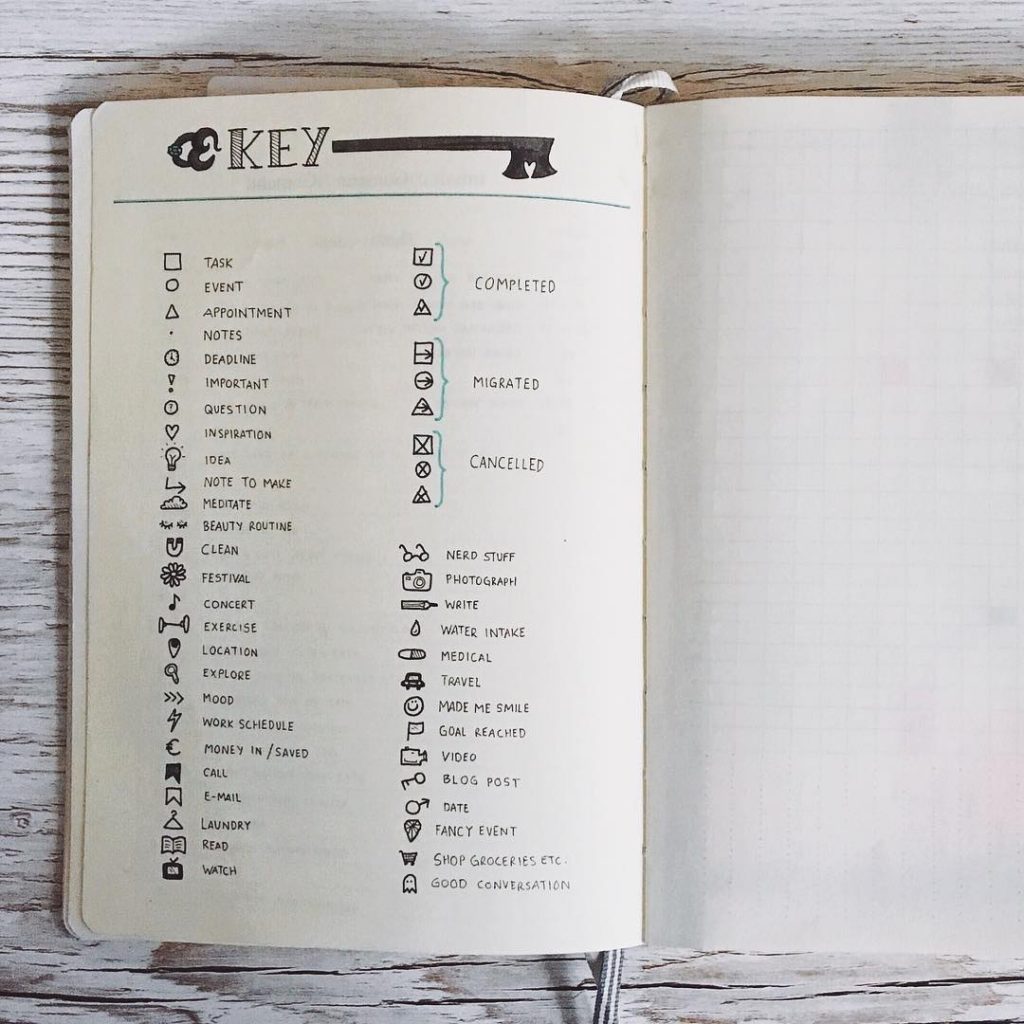
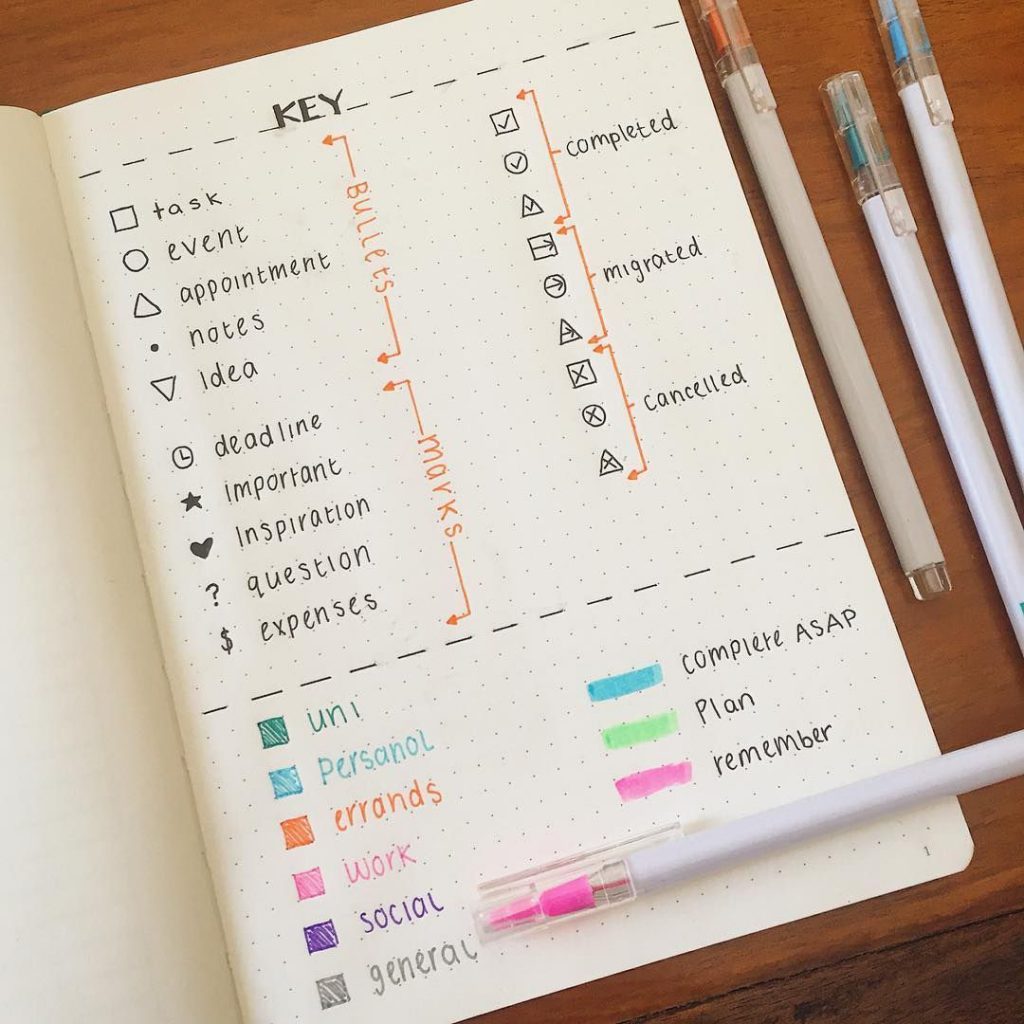
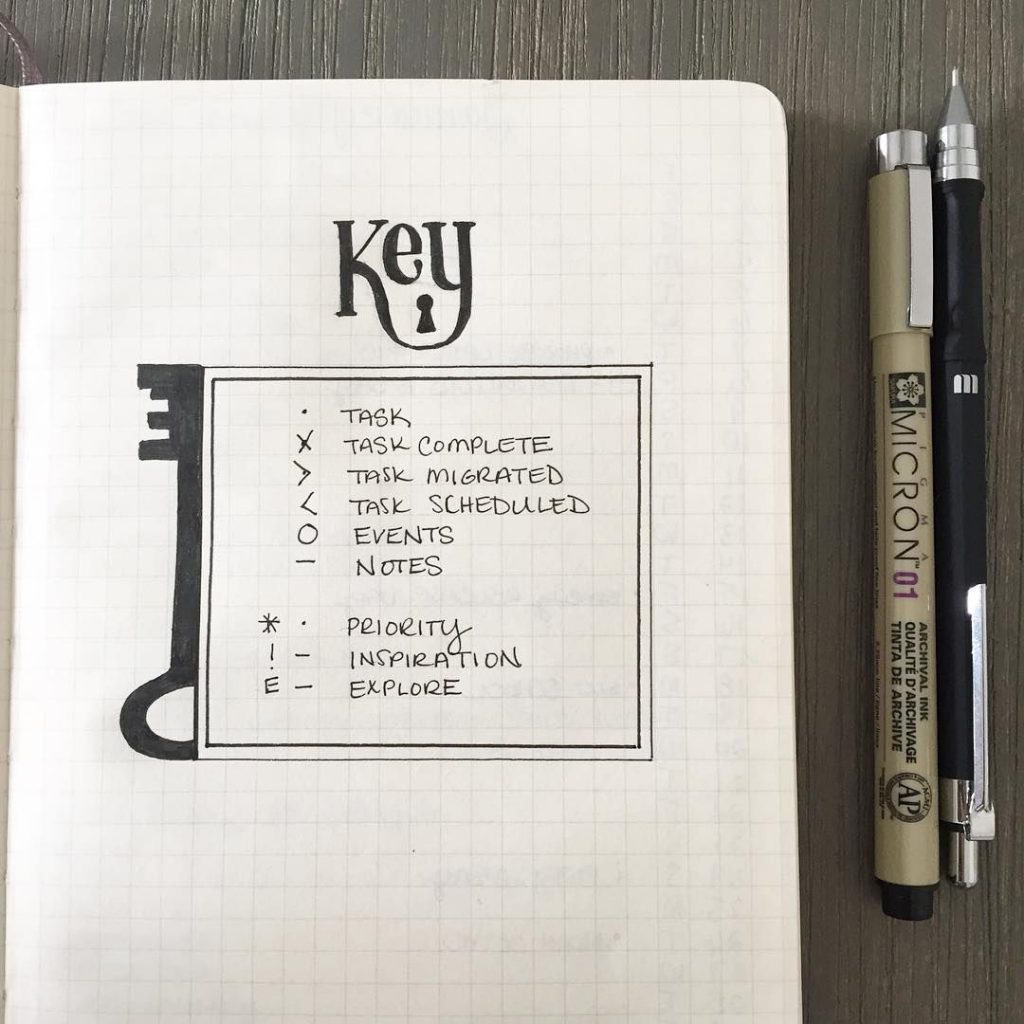
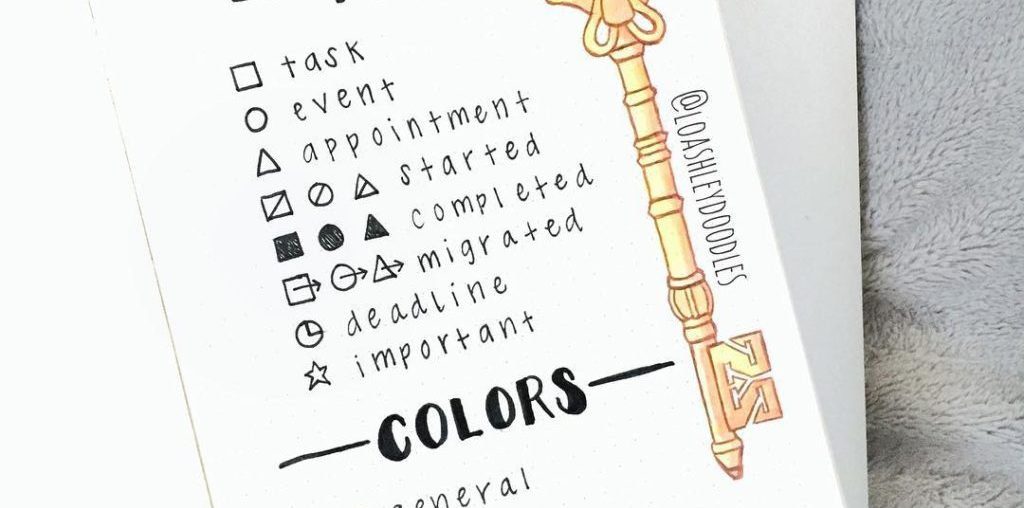
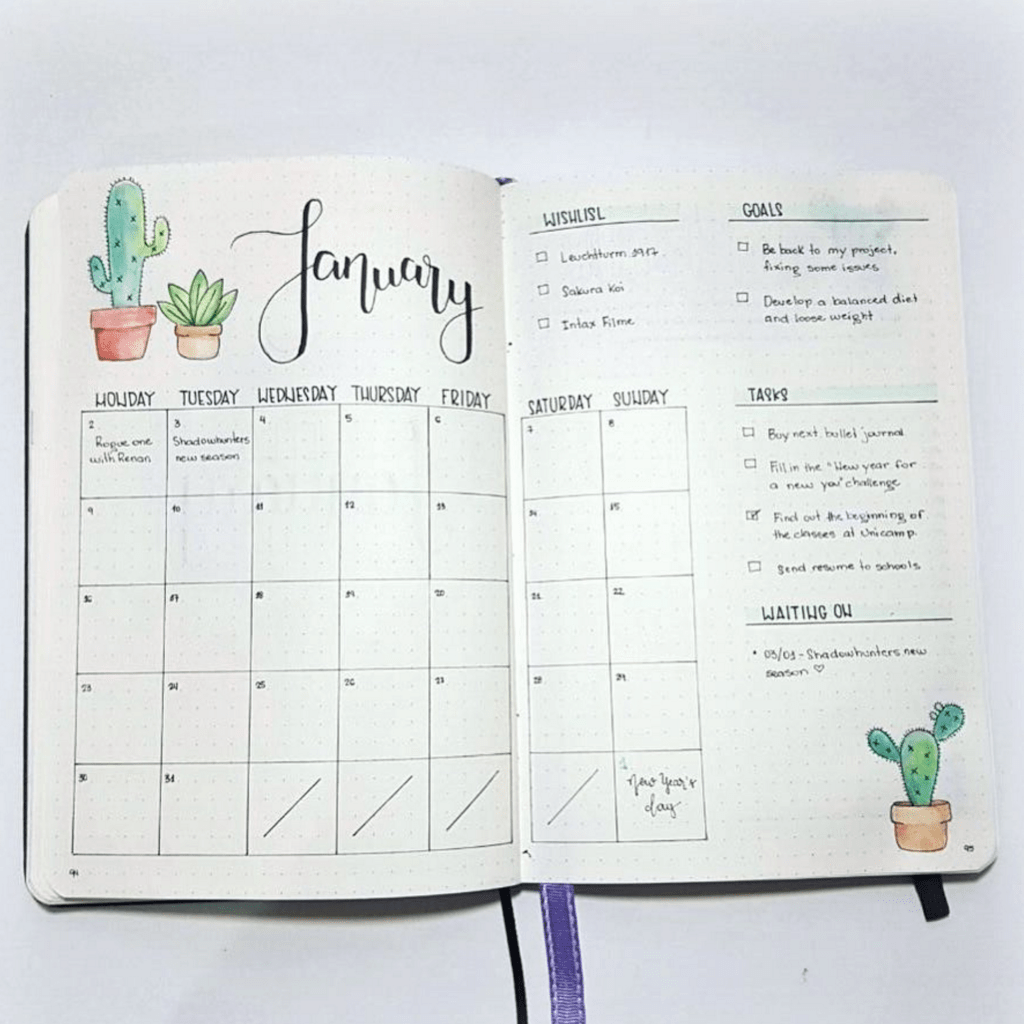
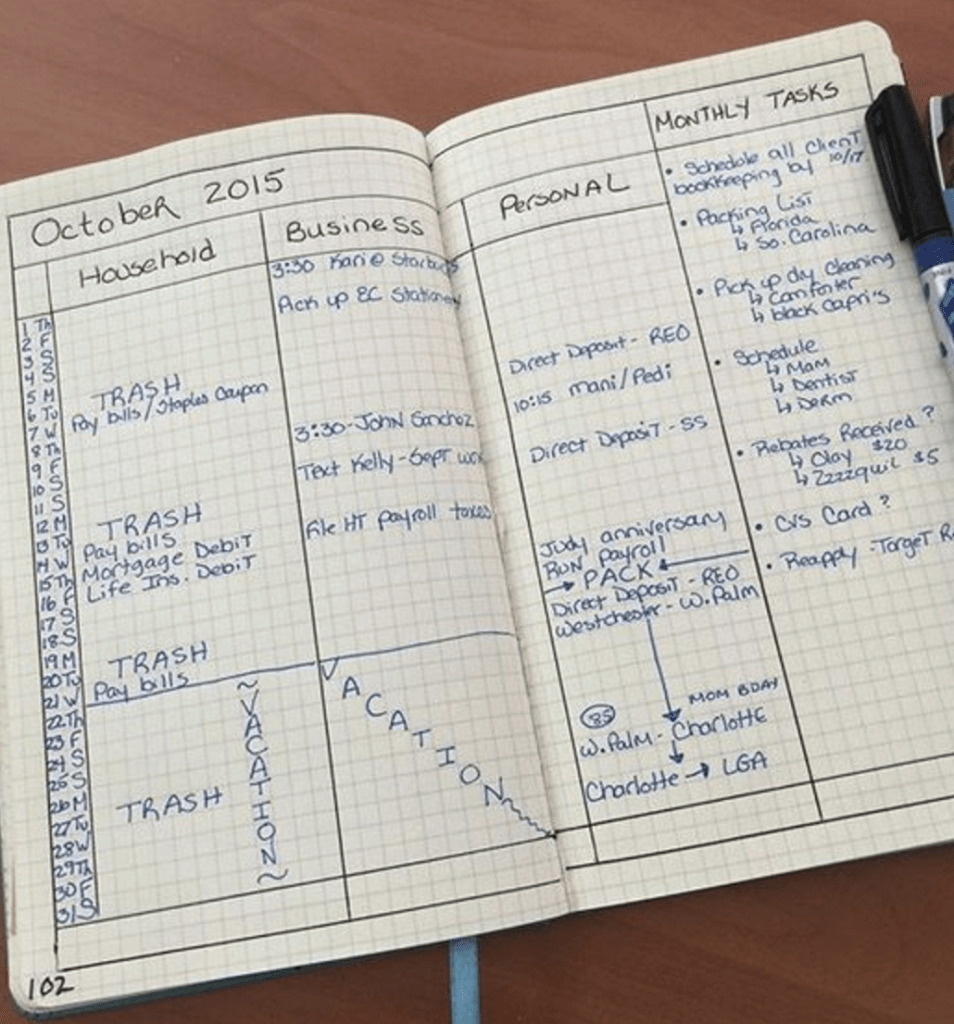
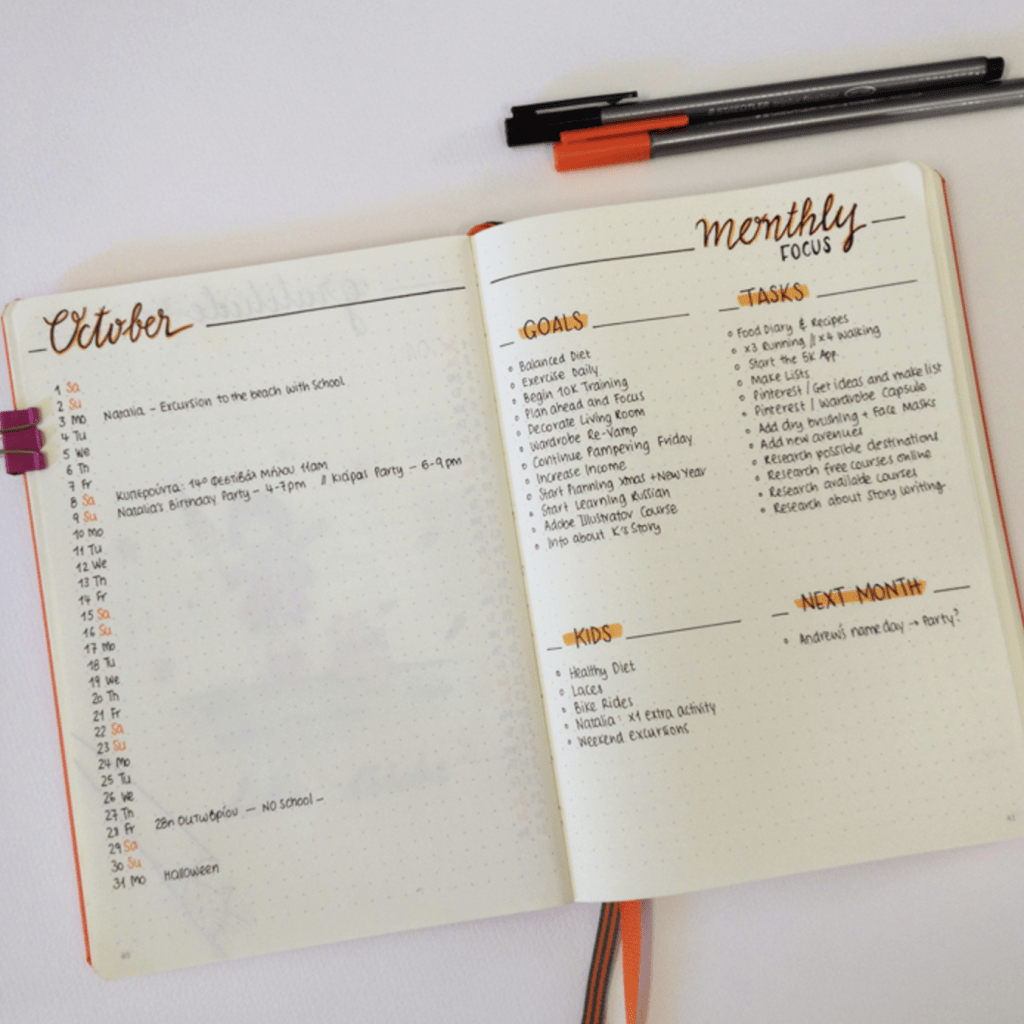
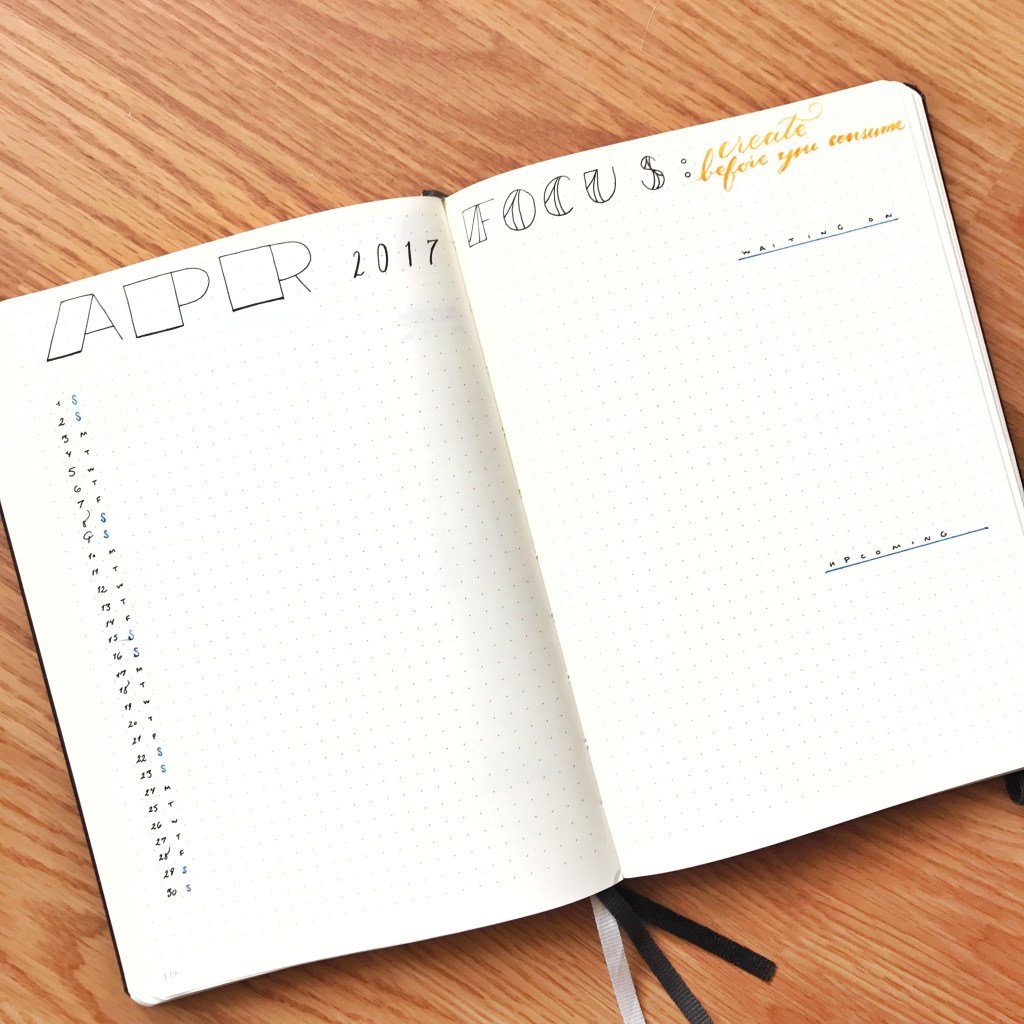
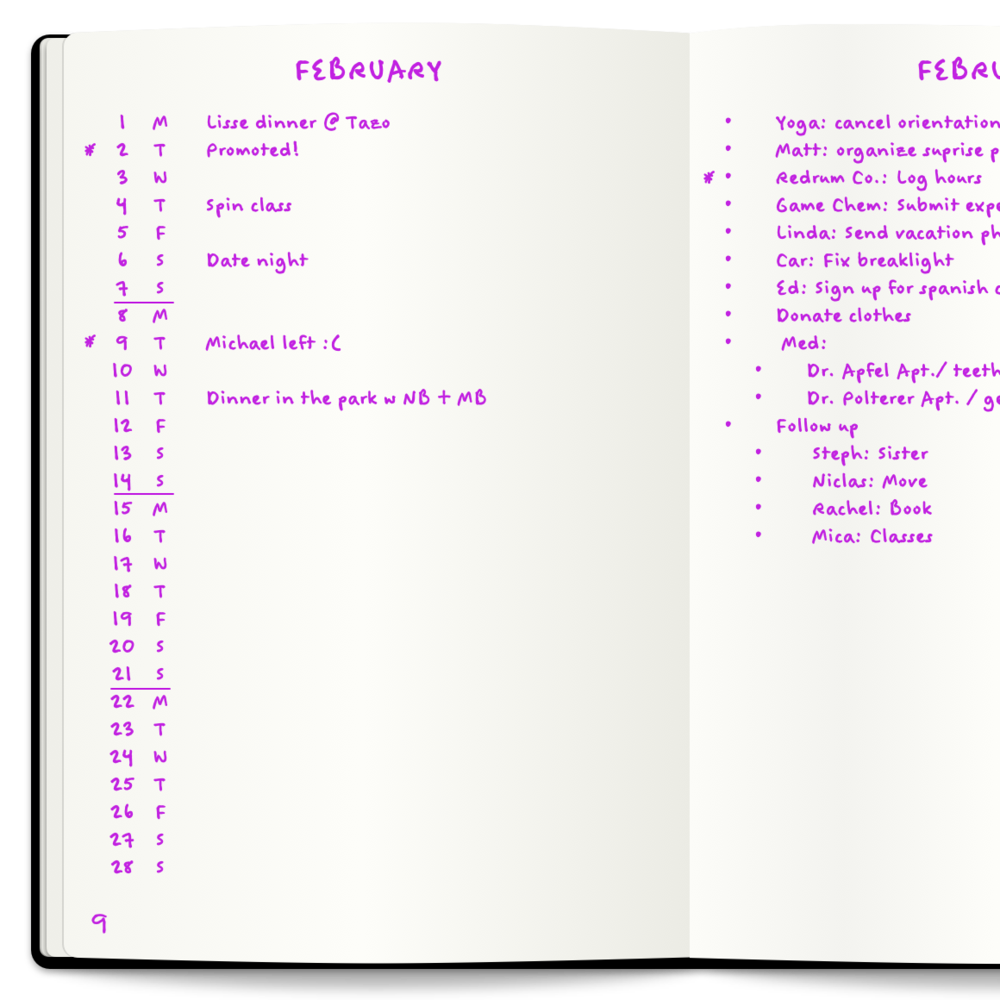
This sounds like a seriously interesting concept. I wish you the best with it. 🙂